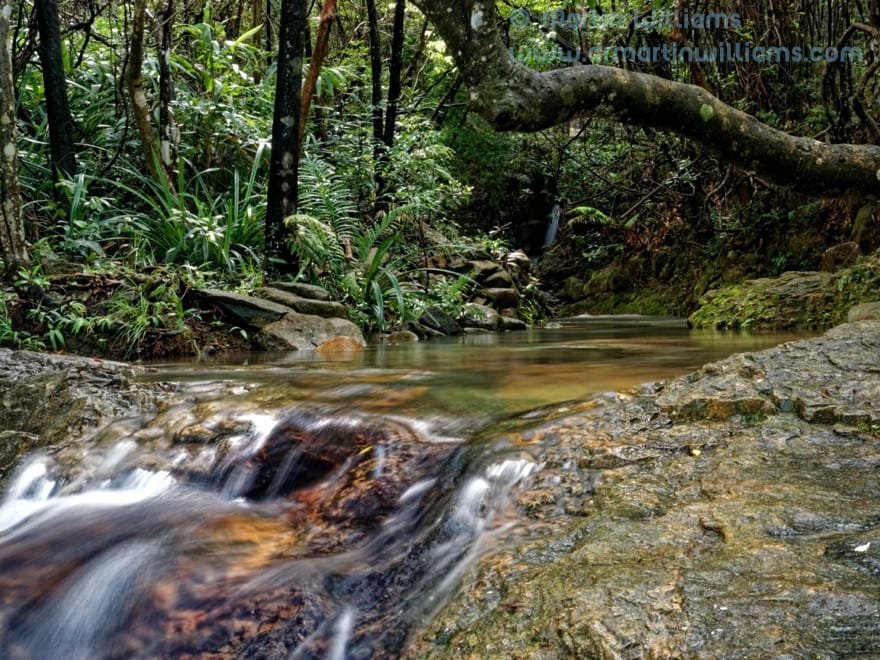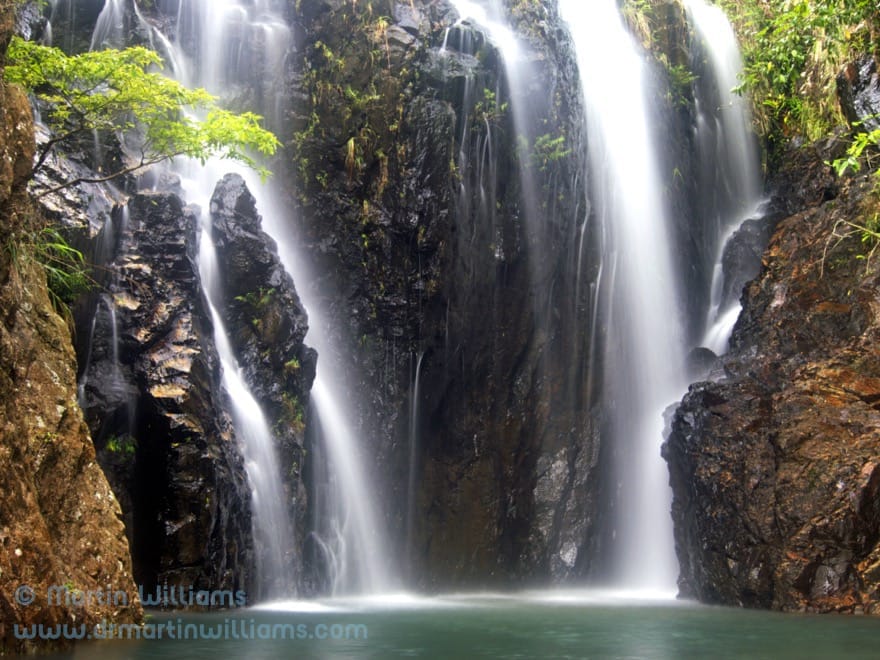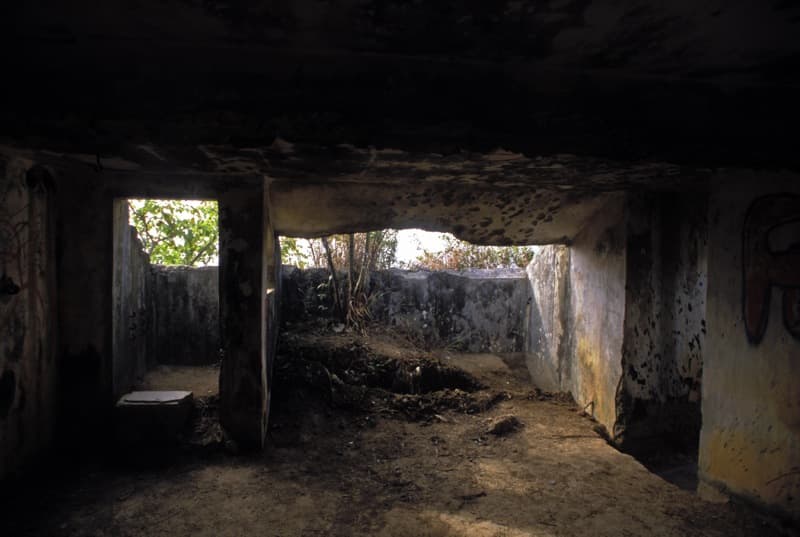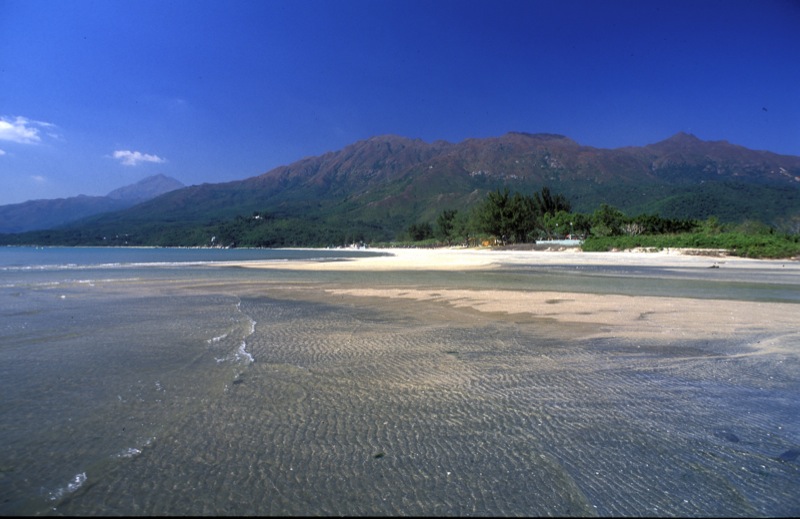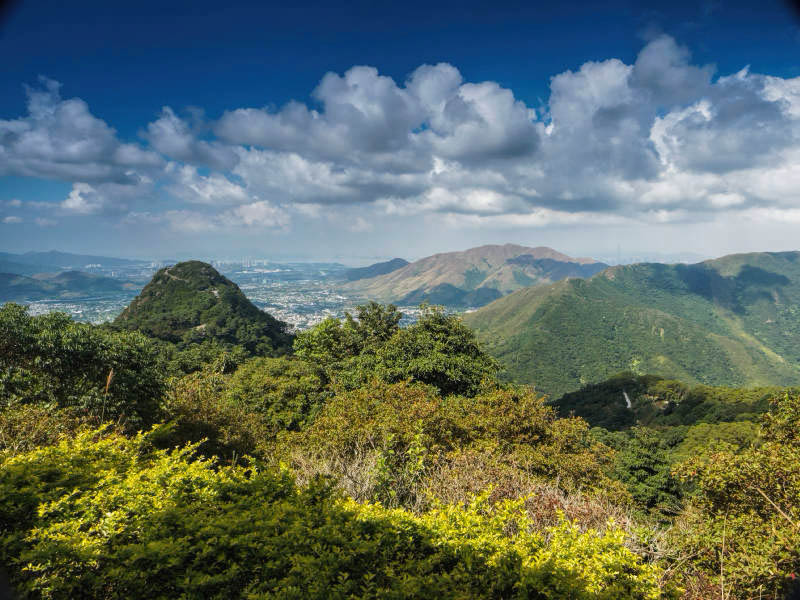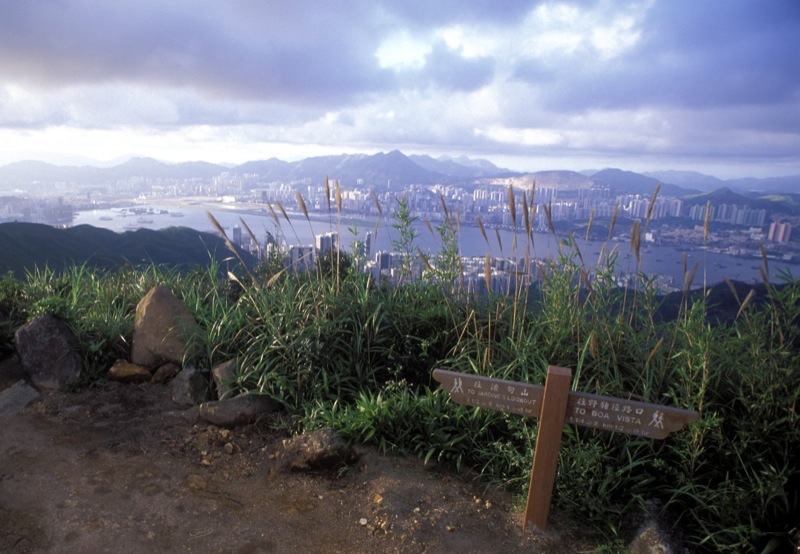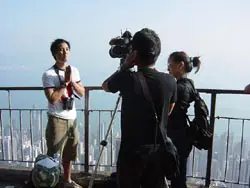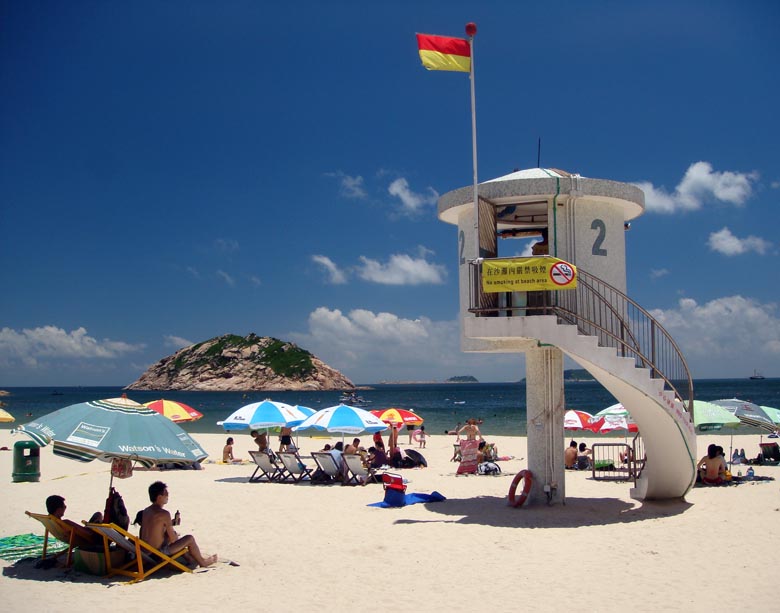With respite from Hong Kong’s summer heat and humidity, winter is great for hiking
Jungle Jaunt: Tai Po Kau to Shing Mun
Why The most extensive woodland in Hong Kong, with picturesque streams.
Route Start at Tai Po Kau Special Area, a forest reserve hosting diverse wildlife including brilliantly coloured birds. Walk up the narrow road to a small grassy area at the start of four trails: red, blue, brown and yellow.
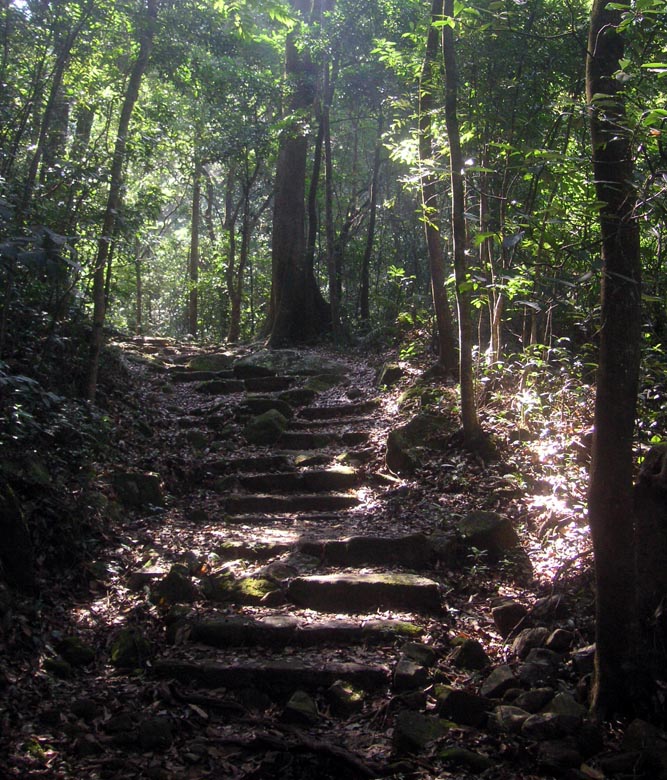
Head up alongside a stream, and follow signs for the blue trail. In some places the forest is jungle-like, especially where the trail climbs by the stream, crosses a bridge, then almost turns back on itself.
The blue trail meets a country park service road. Turn left, and you soon exit the forest on the north slopes of Grassy Hill. At Lead Mine Pass, turn left, and downhill.
You re-enter forest. If you’re interested in trees and bamboos, take a left turn to an arboretum with a fine collection of local species.
Arriving at Shing Mun Reservoir, turn right to follow the west shore to Pineapple Dam, enjoying picturesque streams en route.
Access From Tai Po Market MTR station, taxi or minibus 28 to “Chueng Tsai Yuen”. From Pineapple Dam, minibus 82 to near Tsuen Wan MTR station.
Wild Farm: Kadoorie Farm and Botanic Garden
Why Scenery, woodland, easy strolling, local plants and animals – including rescued individuals in captive care.
Route At the ticket office, book a ride on the shuttle bus within the “farm”; maybe buy a map too.
The shuttle bus takes visitors to the highest areas of the farm, with short stops at some key places. Instead of taking the full ride, you can leave it by the summit of Kwun Yam Shan.
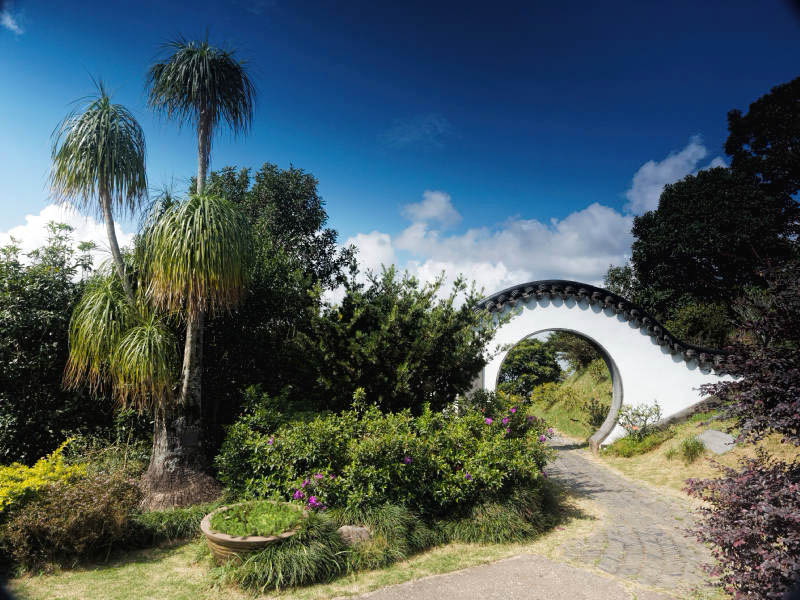
The once barren upper slopes are now mostly wooded, home to animals like civet cats and porcupines. You can meander down, taking occasional side trails. A butterfly garden is worth a look, with beautiful flowers guaranteed even if it’s too cold for butterflies.
Almost hidden in the wooded ravine below this garden is the Rainbow Pavilion, beside the Great Fall: a sublime place to linger, maybe for a picnic lunch.
In the lower part of the farm, roam paths to find captive wild boar, barking deer, leopard cats, kites and owls. There are still chickens and pigs, from Kadoorie Farm’s early days helping local farmers.
Access Bus 64K from Tai Po Market or Kam Sheung Road MTR station.
Super Circuit: Lai Chi Wo and Sam A Tsuen
Why Relatively untamed landscape, magnificent coastline, grand trees, traditional villages.
Route From Wu Kau Tang, take a path heading uphill and northwards, aiming for Lai Chi Wo. You climb through woodland to the crest of a ridge, then wind down to arrive at the village.
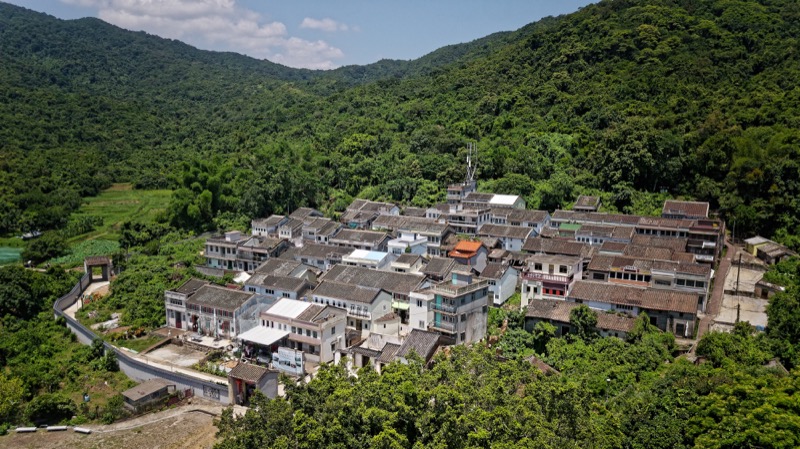
Lai Chi Wo was all-but abandoned, with maybe only one family still living here. But project to restart rice farming is underway, in hopes of reviving village life.
Just above the village are impressive old trees, one of which is hollow. Below are the largest mangrove trees in Hong Kong, fringing a bay where at low tide you may notice seagrass – a flowering plant adapted to life in the sea.
Take the coastal path southwards, and then up and over a low hill to Sam A Tsuen. Here are small restaurants serving hikers, with simple fare amidst stunning surroundings.
The coast path heads for the mouth of a tidal creek, from where you walk up a valley. After flights of rough steps, there’s a rocky slope above the stream, which cascades down through deep potholes: a top spot to rest before continuing, crossing a watershed to another stream you follow back to Wu Kau Tang.
Access Wu Kau Tang is served by infrequent minibus 20C from Tai Po Market. Or head there by taxi; or on Sundays and public holidays take bus 275R from Tai Po Market to nearby Bride’s Pool.
Fantabulous Folly: Southwest Lantau hills
Why Surprisingly expansive landscape, magnificent views, Hong Kong’s prime folly.
Route From a little below the Kwun Yam Temple (well worth a visit), follow a service road beside a concrete catchwater. Near the end of this, take a track to the left, and uphill.
Turn left again on reaching the Lantau Trail. After rounding a corner, you’ll find Hong Kong’s nearest equivalent to the follies of English stately homes.
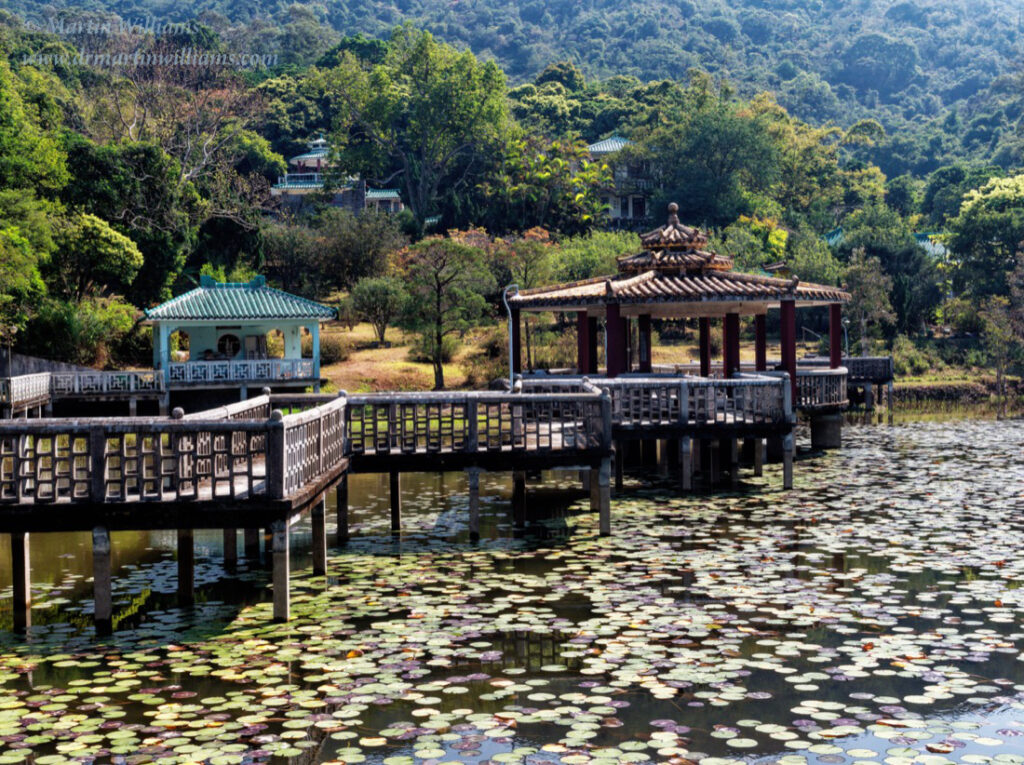
Lung Tsai Ng Yuen is a Chinese style landscaped garden set in the hills, accessible only by footpaths. You can readily see a carp pond with now dilapidated zigzag bridge leading to a pavilion, but might need luck to arrive when the gate is open and you can roam the grounds.
Onwards and upwards, the path leads to the interior of Lantau’s southwest peninsula. Then, there’s a climb to hills above the coast, where you can follow a switchback route to the road.
Access Bus 1 (from Mui Wo) or 11 (from Tung Chung).
Interesting Old Fort: Southwest Lantau coast
Why Historic fort, new rice fields, tranquil coast.
Route From Tai O, walk south past a tidal lagoon, and along the coastal path to Yi O.
There’s a new venture to re-establish rice farming at Yi O, where there are now extensive paddies along with vegetable plots. From here, walk up an ancient boulder trackway to the head of the valley.
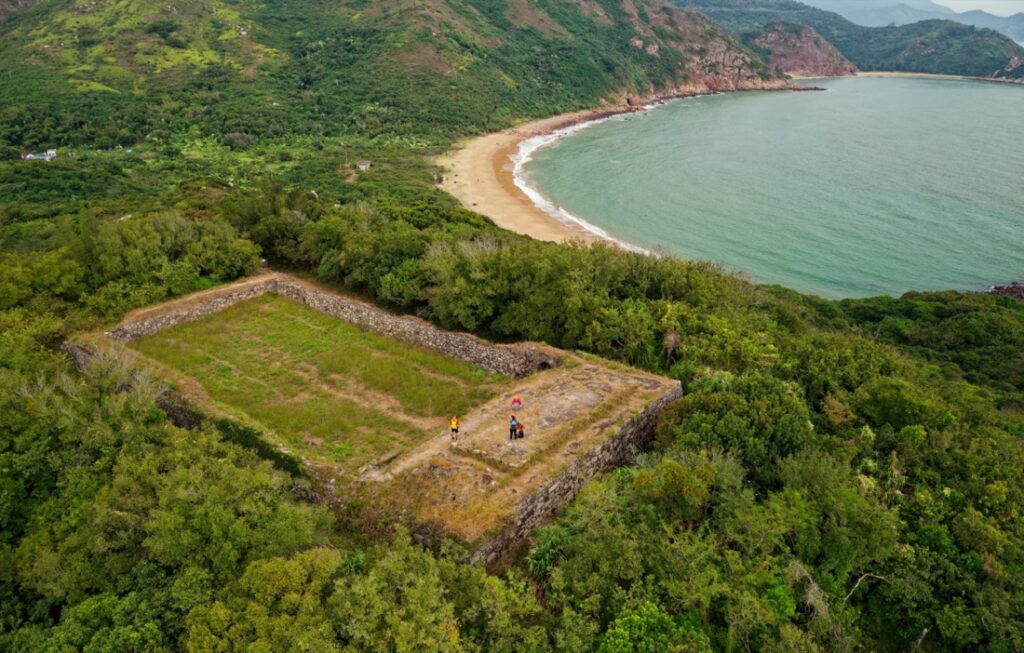
The trail then winds down towards Fan Lau at the southwest tip of Lantau. The hamlet is almost deserted, though you may find a place selling drinks. Signposts indicate the way to the ruins of a fort that once guarded the approaches to Guangzhou. Close by is a tiny stone circle of unknown origins.
Eastwards, the trail is mostly along a catchwater road, and somewhat monotonous. It’s perhaps better to retrace your steps to Tai O or, if you have energy to spare, climb the slope to follow a hill trail to the road.
Access Bus 1 (from Mui Wo) or 11 (from Tung Chung).

